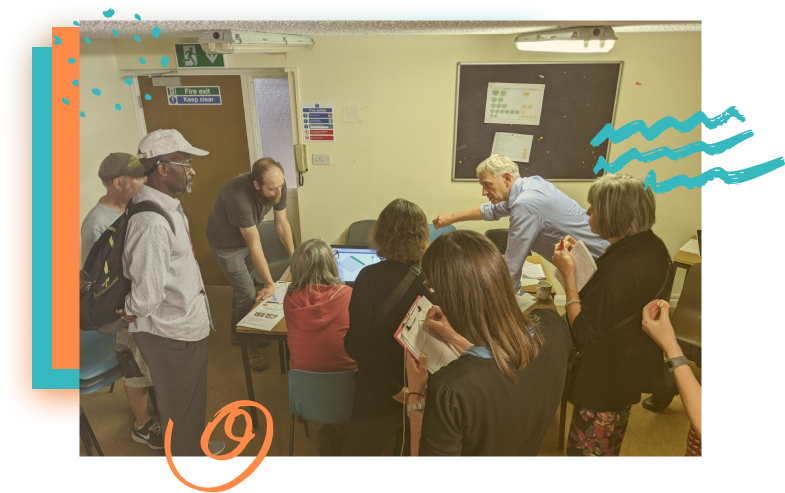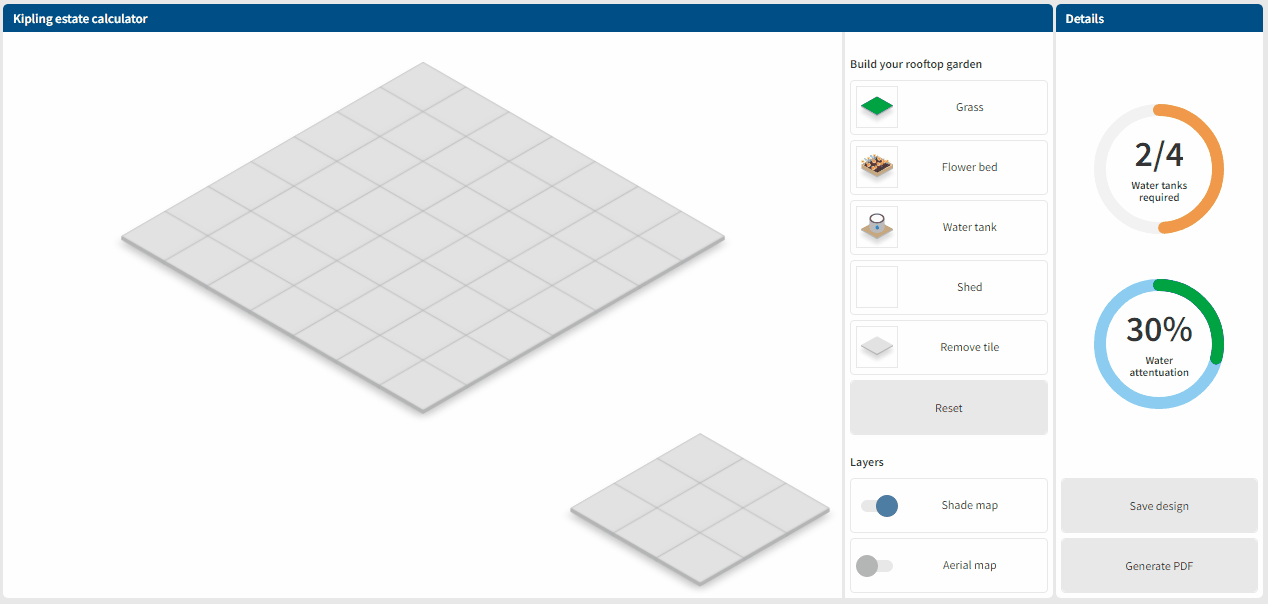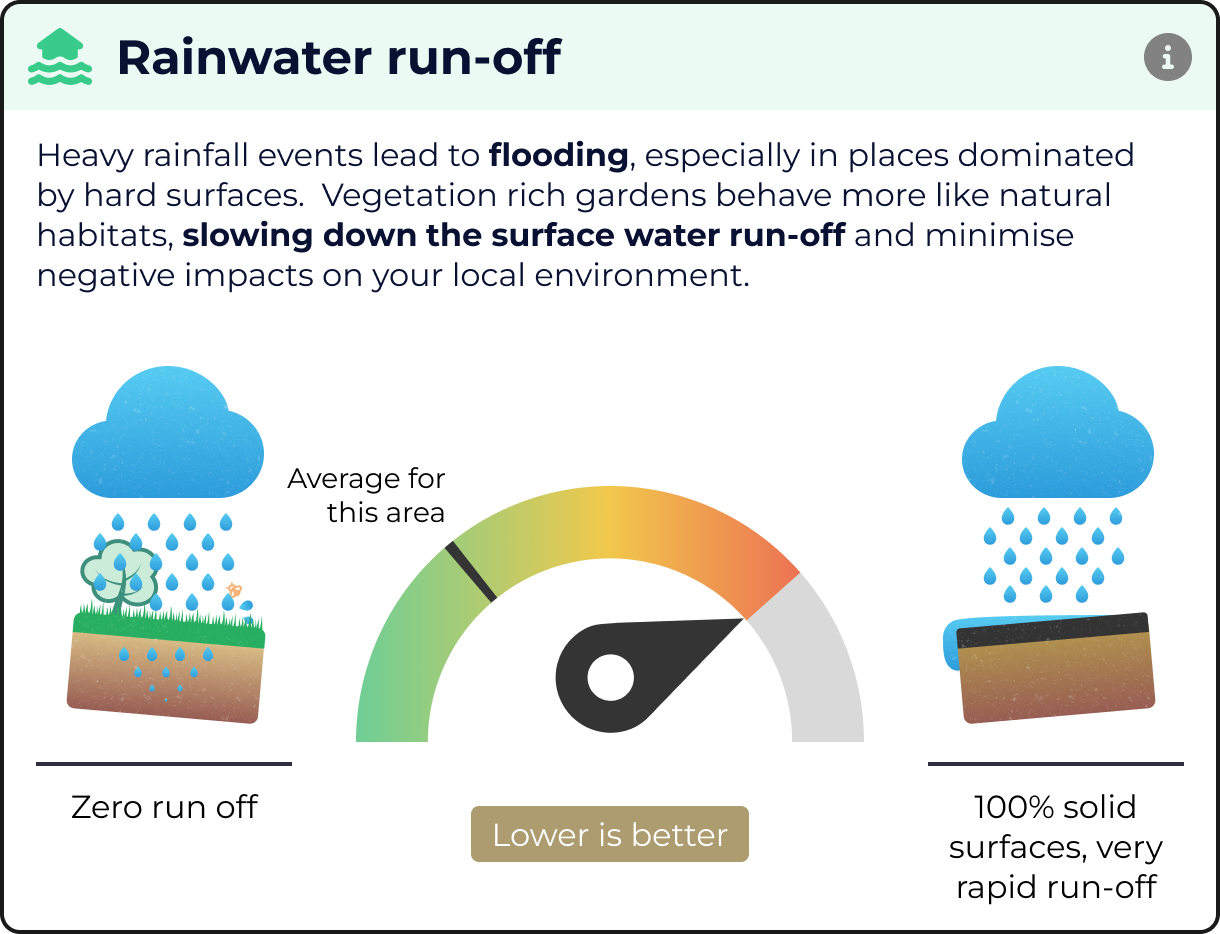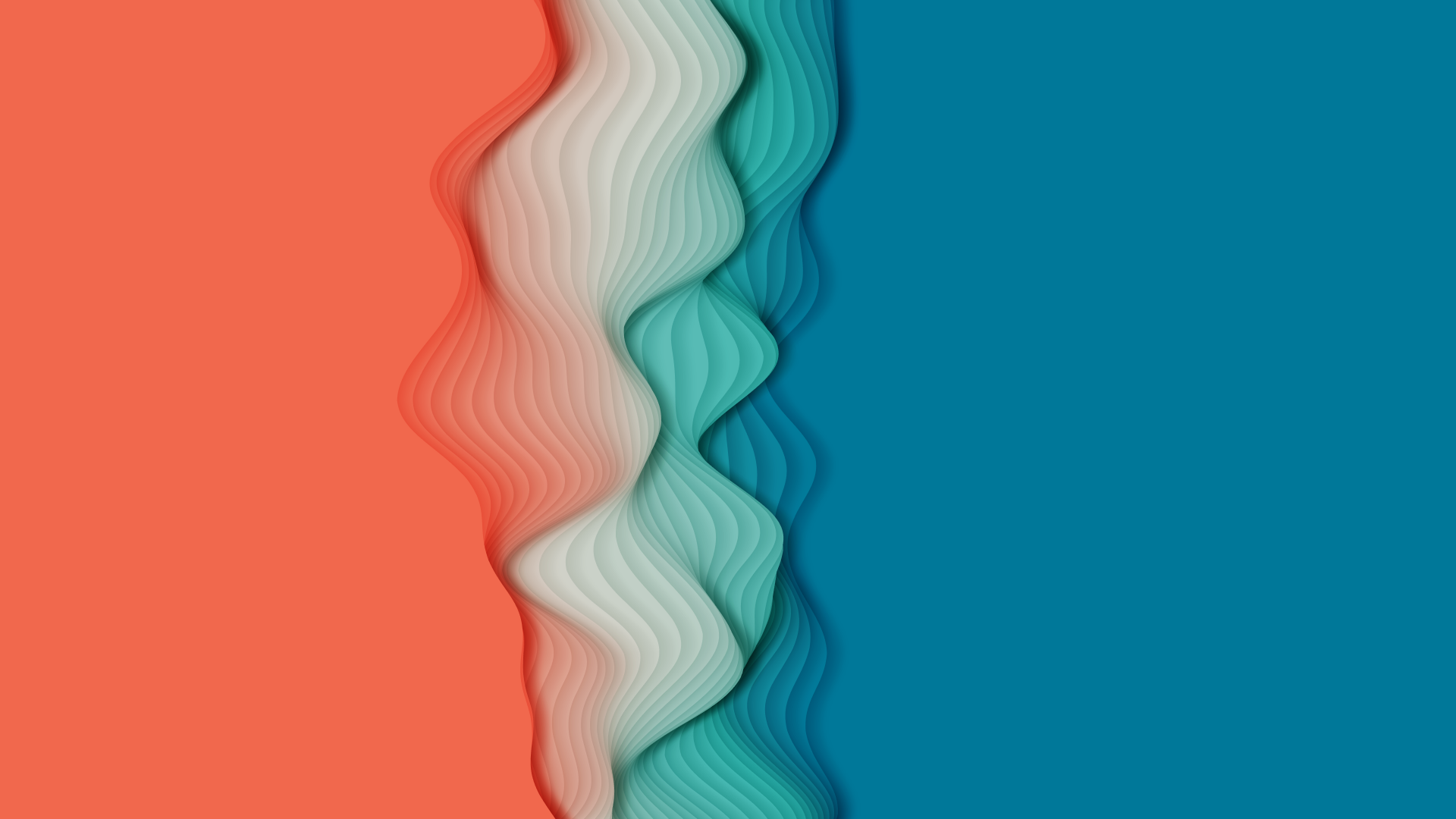Overview
The Water Neutral Garden Calculator project was driven by a vision to create a sustainable and ecologically beneficial green space for the residents of a South London housing estate. Over time it evolved into a versatile tool that could be adapted to different urban environments, helping users create water-neutral green spaces, regardless of their location.

The project adopted a user-centered design approach, where user engagement from the early stages played a pivotal role in shaping the success of the proposal. By employing rapid prototyping techniques, residents, academics, and researchers came together to facilitate discussions and co-design the rain garden calculator, which not only provided valuable insights but also attracted potential funding bodies. This case study delves into the journey of this project, highlighting the significance of user engagement and collaborative efforts.
1. Identifying the Need
The initial phase of the project involved extensive research and community outreach. Residents and stakeholders were surveyed to understand their needs, preferences, and environmental concerns. The lack of green spaces and the issues of drainage and flooding emerged as critical problems faced by the housing estate, necessitating the creation of a rain garden calculator that could address these challenges.
2. Early User Engagement
With insights gathered from the user engagement sessions, the team swiftly moved on to rapid prototyping. Interactive prototypes of the rain garden calculator were developed, allowing the residents to visualise the concept and provide real-time feedback. The iterative nature of rapid prototyping enabled the team to incorporate changes and refinements quickly, keeping the residents actively engaged in the design process.
 Engaging with the local community
Engaging with the local community
3. Rapid Prototyping
With insights gathered from the user engagement sessions, the team swiftly moved on to rapid prototyping. Interactive prototypes of the rain garden calculator were developed, allowing the residents to visualise the concept and provide real-time feedback. The iterative nature of rapid prototyping enabled the team to incorporate changes and refinements quickly, keeping the residents actively engaged in the design process.
 The first rain garden calculator prototype
The first rain garden calculator prototype
4. Facilitating Cross-Disciplinary Collaboration
In addition to engaging with the residents, the project also brought together academics and researchers in the fields of urban planning, landscape architecture, and environmental science. Collaborative workshops were organised, where these experts shared their knowledge and insights, while residents provided their practical experiences and local knowledge. This cross-disciplinary collaboration enriched the design process, ensuring that the rain garden calculator was both scientifically sound and community-driven.
5. Building Momentum and Attracting Funding
As the project progressed, the active involvement of the community and the integration of scientific expertise garnered attention from potential funding bodies. The co-creation approach and the tangible progress made through the interactive prototypes and collaborative workshops strengthened the project proposal’s credibility. This, in turn, increased the likelihood of securing financial support for the implementation phase.
6. Evolution: From Site-Specific to National Tool
In its early stages, the Water Neutral Garden Calculator was envisioned as a site-specific study, tailored to address the ecological needs of a South London housing estate. However, as the project team engaged with stakeholders, including residents, academics, and experts from various fields, they recognised the potential to create a tool that could have a much broader reach and impact.
Originally centered around designing a rain garden calculator for a single garden, the project team realised that the same principles and tools could be applied to any area seeking to achieve water neutrality. By integrating stakeholder feedback and insights, the Water Neutral Garden Calculator evolved into a versatile tool that could be adapted to different urban environments, helping users create water-neutral green spaces, regardless of their location.
 Prototype screenshots
Prototype screenshots
7. From Water Attenuation to Water Neutrality
In response to stakeholder feedback and insights from experts, the project team decided to reorient the focus of the calculator from water attenuation to water neutrality. While water attenuation primarily addresses stormwater management and drainage issues, water neutrality takes a holistic approach, aiming to balance water consumption with water restoration and conservation efforts.
The transition to water neutrality allowed the tool to account for various aspects of water use, such as rainwater harvesting, greywater recycling, and water-efficient landscaping, making it a more comprehensive and impactful resource for sustainable urban development.
 User interface element to describe rainwater run-off
User interface element to describe rainwater run-off
8. Stakeholder-Driven Changes
The evolution of the Water Neutral Garden Calculator was fundamentally shaped by the input and feedback received from stakeholders. The project team prioritised engaging with residents, community members, experts, and decision-makers throughout the design and development process. These stakeholder interactions played a crucial role in identifying the limitations of the initial concept and inspiring new ideas for improvement.
9. Next Steps: Advancing Collaboration
We value continuous stakeholder feedback and strive to enhance the tool for better collaboration on a larger scale. One exciting potential feature is enabling larger communities to design individual gardens and then merge them into a single project. This would allow them to visualise the combined effect of their proposed changes on water neutrality, fostering greater collective impact.
 Calculator illustration
Calculator illustration
Conclusion
By involving the residents, academics, and researchers right from the outset, the project achieved a unique balance between scientific expertise and community needs. The rapid prototyping approach facilitated open discussions, fostering a sense of collaboration and ownership among all stakeholders.
This case study shows how inclusive design practices can lead to impactful and successful project proposals that resonate with the community and attract vital funding for realisation.
